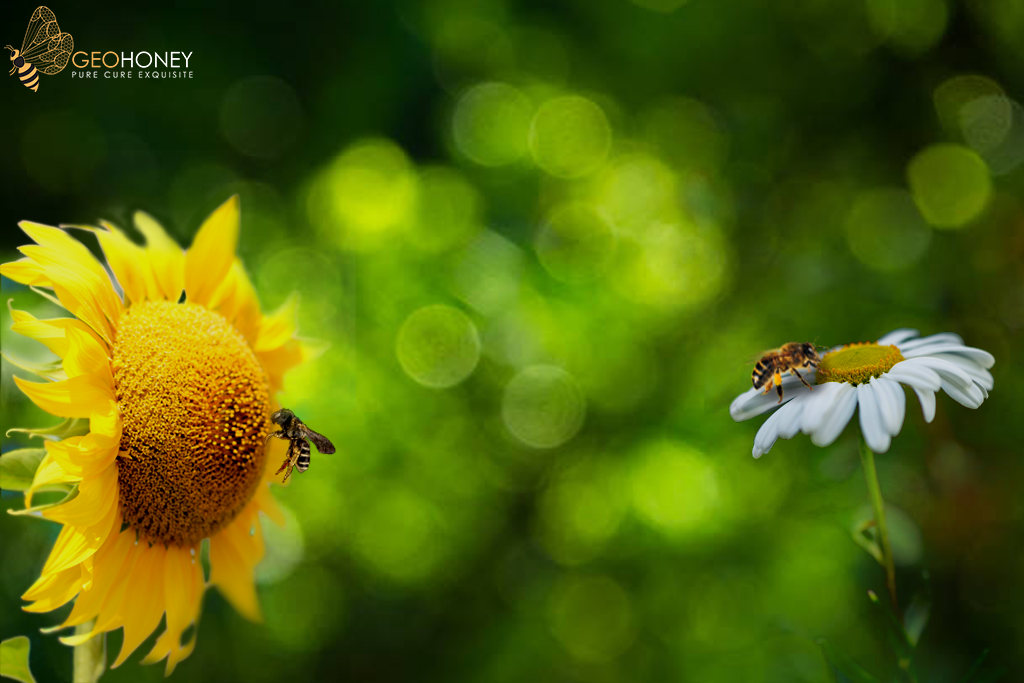- Tokyo: 07:26
- Singapore: 06:26
- Dubai: 02:26
- London: 22:26
- New York: 17:26
Planting Diverse Flowers Can Influence Bee Health Positively – Know How?

Which came first, the honey bee or the honey bee balm? While the question might be fascinating to ponder, it outlines the essential association between plant and pollinator and how one requires the other to flourish and survive.
Honey bee populations are declining rapidly in numerous regions of the world, with habitat loss being an essential factor. As grounds-keepers, we can do our part to assist with keeping these significant pollinators well fed. Growing a different variety of blossoming plants can fulfill the cravings of different honey bee species. Alongside planting lots of flowers that draw in honey bees, we can also work on the climate for honey bees by making a place of haven in our gardens that they can call home. But did you ever know that a diverse mix of flowers is essential to enhance bee health?
Let us understand it more!
While studying why bees are dying, scientists know barely anything about temporary mass-bloom events influencing bee health, although the monoculture flowers are a good food source for bees.
Later on, it was found that honey bees in these monoculture fields were becoming ill. It was also proved that honey bees foraging in monoculture get parasites at high rates. Infection is the main source of honey bee decline, and hence the examination demonstrates that monoculture blooms are a danger to honey bees. However, it was found that farmers can lessen this danger by taking a page from backyard gardens and establishing hedgerows with different mixes of blossoms.
Bee Cluster Can Spread Diseases –
The sole goal of bees in life is to collect nectar and pollen to feed young bees and produce raw honey. But as they forage to collect nectar, they are highly exposed to bacteria, viruses, and fungi, which usually attack them via flowers.
As humans touching shared doorknobs of office buildings, toilets, and any such place can spread viruses and infections; flowers act like dirty door knobs for the bees.
When a monoculture crop blossoms in a landscape that is generally bereft of nourishment for honey bees, it offers an attractive pulse of dust and nectar. When honey bees interact together, illness might be bound to spread among infected and non-infected honey bees.
Blossoms can take care of honey bees and prop up their immune systems, making them less powerless against sickness. Sickness spread is additionally hampered if various honey bee species are drawn to blossoms because not all honey bee species harbor all parasite species. As the mix of honey bees locally turns out to be more different, parasites are bound to experience unacceptable hosts, separating the chain of transmission.
According to Mr. Basem Barry, founder & CEO of Geohoney, the entire study proved that when different flower species were planted, bees had lower rates of parasite infections. This is mainly because bees disperse and spread across different flower resources, reducing the chances of interaction and the likelihood of encountering an infected individual. In addition, as flower diversity enhances nutrition in bees, it also provides them immunity benefits. Thus, we all should promote habitat conservation by using flower diversity in the garden, which can significantly help bring back healthy pollinators.




For a noble cause, each step counts. Mass awareness is the best strategy in the effort of ensuring better health for honey bees. By serving honey bees we are also serving nature and humanity.
We all are aware of the importance of these little bees in pollination and agricultural production. Can’t think of the world without bees. Our small efforts can help a lot for these little creatures. By helping them, we are helping ourselves.
I had been also concerned about bee's health. Therefore, I had been maintaining a garden with a huge variety of flowers. I knew that won’t make a big difference. But in a long journey, each step counts.